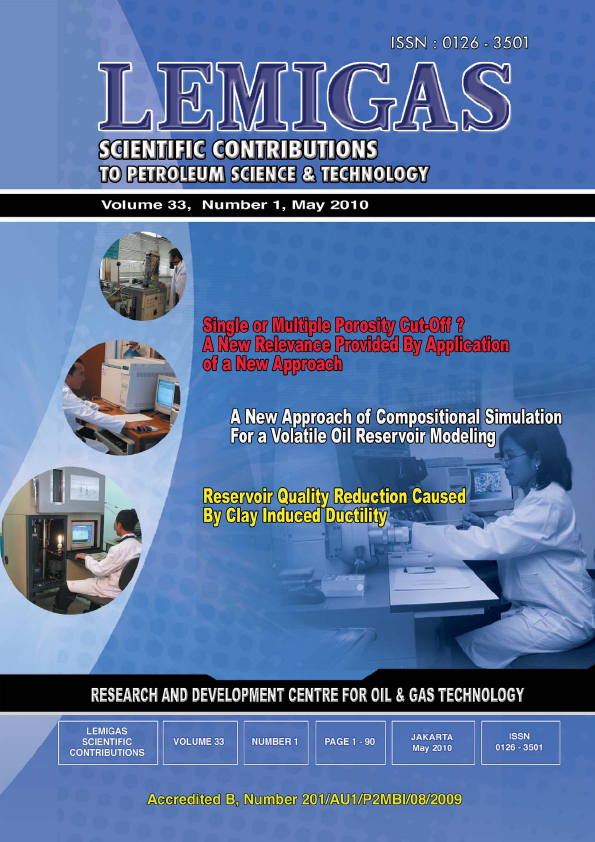The Advantage Of Oil Content In Injection Water Determination Before Implementation Of Waterflood In Oilfield
DOI:
https://doi.org/10.29017/SCOG.33.1.807Keywords:
Oil contents, injection water, methodology, emulsion block, reverse demulsifierAbstract
Before implementation of water flooding in oilfield, it will be good to determine oil content in the injection water. The results of laboratory tests provide valuable and useful information, firstly, whether reverse demulsifier is required or not to reduce oil content in water. Secondly, the test results can select the effective reverse demulsifier. S1 and S2 injection water contain very low oil content, so it is not necessary to add reverse demulsifier in the both injection water. High oil content is obtained in S3 injection. The 50 mg/L DKM reverse demulsifier does not work effectively to reduce oil content in the S3 injection water. Whereas, the 50 mg/L Prolab reverse demulsifier is effective and able to reduce oil content sharply in the S3 injection water with 95.46 % efficiency.
References
Becker, J.R.:â€Crude Oil, Waxes, Emulsions and
Asphalthenes, 1997.
Jones, L.W. : “ Corrosion and Water Technology
For Petroleum Producersâ€, OGGI Publication,
,
McCune, C.C,. SPE-AIME, Chevron Oil Field
Research Co., “On-Site Testing To Define Injection-
Water Quality Requirements.
Ostroff, A.G., “ Introduction to Oilfield Water
Technology†New Jersey, 1965.
Patton, Charles C., “ Applied Water Technologyâ€,
First Printing, June, , Oklahoma, USA, 1986.
Patton, Charles C., “Oilfield Water Systemâ€,
Norman, Oklahoma, 1977.
Marsid, M. and Suwito, S., “Produced Water
Treatmentâ€, SPE 27177.
Evans, R.C, and Serck Baker Fluids System
Consultants: “Developments in Environental Protection
Related to Produced Water Treatments
and Disposal (Produced Water Re-Injection)â€,
SPE 27179.
CONCAWE I/72:†Determination of Oil Content
in Water, Standard Operational Procedure
Downloads
Issue
Section
License
Copyright (c) 1970 SCIENTIFIC CONTRIBUTIONS OIL AND GAS (SCOG)

This work is licensed under a Creative Commons Attribution 4.0 International License.
Authors are free to Share — copy and redistribute the material in any medium or format for any purpose, even commercially Adapt — remix, transform, and build upon the material for any purpose, even commercially.
The licensor cannot revoke these freedoms as long as you follow the license terms, under the following terms Attribution — You must give appropriate credit , provide a link to the license, and indicate if changes were made . You may do so in any reasonable manner, but not in any way that suggests the licensor endorses you or your use.
No additional restrictions — You may not apply legal terms or technological measures that legally restrict others from doing anything the license permits.














